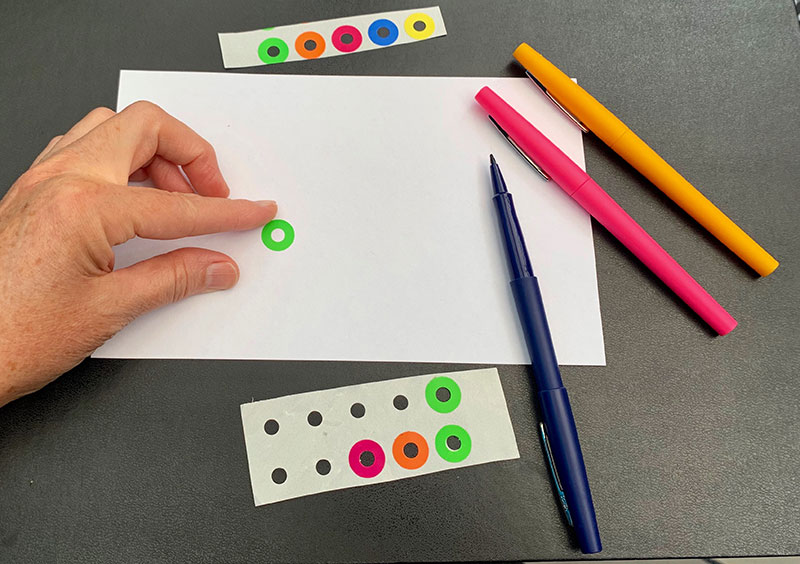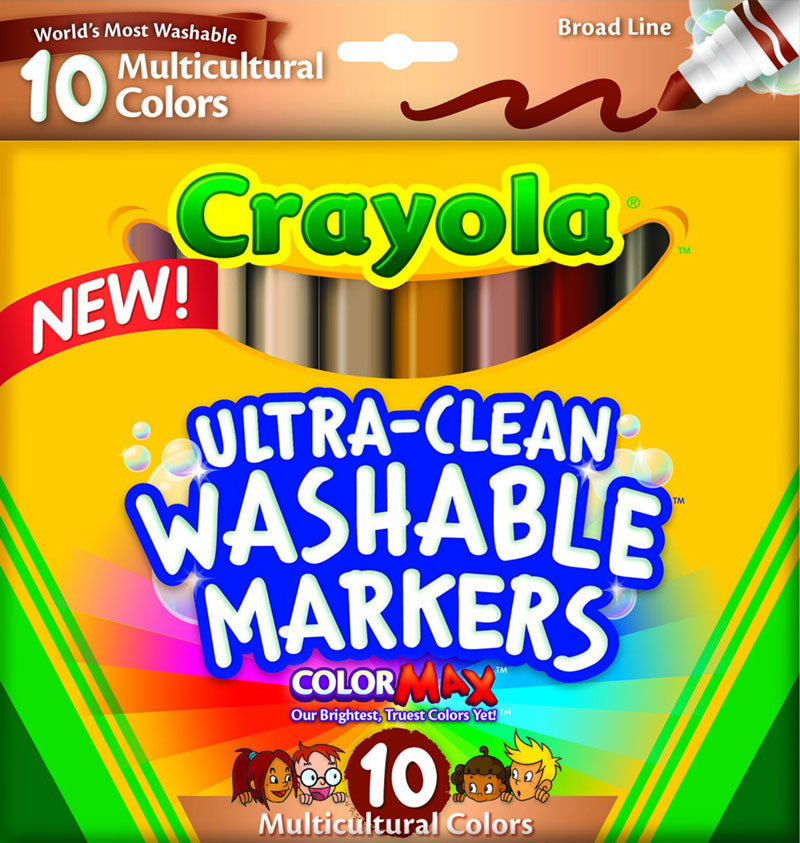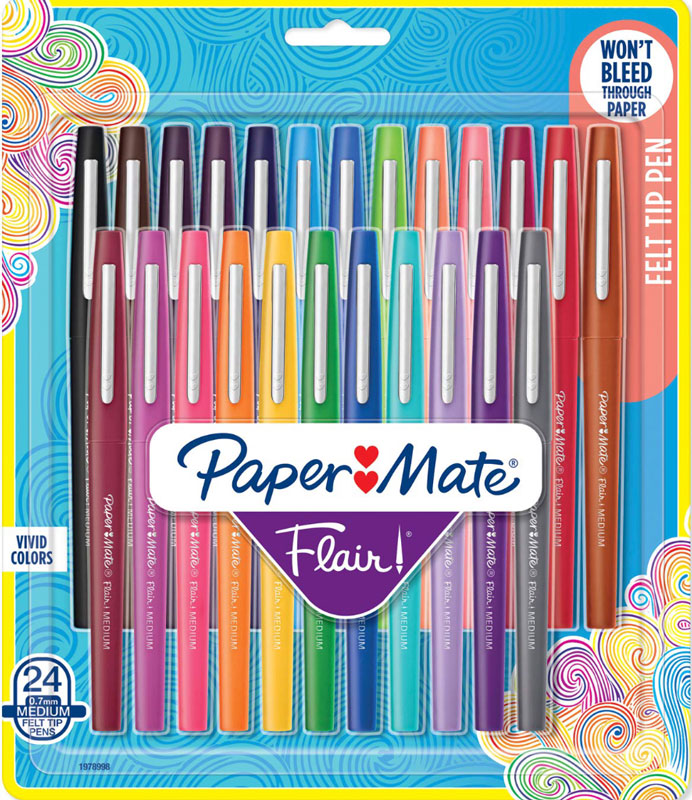06 Mar Workshop Recap – DRAWN TOWARD TRUTH
Posted at 11:32h
in Uncategorized
Thanks to Dr. Jessica Motherwell McFarlane for facilitating this amazing workshop on reading and visually translating the first chapter of Reclaiming Power and Place: The Final Report of the National Inquiry into Missing and Murdered Indigenous Women and Girls. This workshop is part of a series of events organized by CTLI as a result of receiving the Open Education Sustainability Grant therefore all the content will also be open and will be shared here.
THE FINAL REPORT OF THE NATIONAL INQUIRY INTO MISSING AND MURDERED INDIGENOUS WOMEN AND GIRLS
Link to the first half of the MMIWG2S+ report
*Reflect* MMIWG2S+ reflection before-after comics
*Shop* loopy stickers
Here are the stickers I use in my visual narrative workshops. Loops work much better than dots for several reasons. AVERY stopped printing one of my fav loopy stickers in five primary colours. The metallic stickers are essential for depicting folks with a range of brown skin tones. The highlighter colours are also well used by participants.
In my experience, The biggest problem with non-Avery stickers is that they fall off the page almost at once  sometimes before folks stand up to present.
Plan to have 8 metallic loops (two rows) and 8 highlighter loopy stickers (two rows) per person. There will be leftovers to use at future workshops.
The fluorescent colours come in a big pack (900 or so). Sadly the metallic loopies come in small packs (300 or so) so I order more than one pack at a time.
Buy Avery Reinforcement Labels, Fluorescent colours, 1/4 inch diameter, Pack of 924. Price $30-ish.
This is an extra large pack and has enough stickers for many is jal narratives.
How do you use the loopy stickers?
Cut each sheet of stickers into 2 rows of 4-5 stickers so each participant can receive 8-10 stickers on a mini sheet. If you are using metallic and fluorescent loopy stickers, give 8-10 stickers of each of the two types.
By the time markers and stickers are handed out, there can be a lot of bits and bobs on the table. Stickers can wind up on tables, floors, and the underside of shoes. In younger crowds, I used to have outbreaks of sticker ‘measles’ on the face when I handed out full sheets (30 stickers) per person (which is another rationale for handing out 10 stickers at a time). I have found folding little sticker ‘pockets’ out of loose leaf paper ripped into quarters helps keep the stickers at the ready and tidy.
I used to print and hand out the following info graphic to show the different ways folks can use the loopy stickers to make images. After many workshops, I have observed that most folks a can figure out how to use the loopy sticker in their comics. I am thrilled every time someone shows me a novel way to use the loopy sticker. That said, I have found no disadvantage to taping this info graphic on the inside of team folders or sowing it on a slide.
*Use* loopy comics: Why?
- Drawing by hand adds significant motor neurobiological experience that facilitates recall.
- Drawing by hand what is read in text improves observational processes (Stein and Power, 1996); improves text comprehension in remedial readers (Fisher, 1976); stimulates greater interest in the content (e.g., Ernst, 1997); encourages higher-order thinking (Britton and Wandersee, 1997) and increases students’ enjoyment of the learning activity (Biller, 1994).
- Drawing (comic-creating) is intersubjective and leads to deeper reflection.
- Drawing to illustrate a list of words boosts memory (the drawing effect).
- The drawing effect is significant even when learners are given a very brief drawing session.
- The drawing effect benefit can be achieved regardless of artistic talent (Fernandes, Wammes, & Meade, 2018, p. 306).
- The drawing effect is reliable and robust and has been shown to improve memory recall in older adults (Ally et al., 2008; Luo, Hendricks, & Craik, 2007).
- Narratives encourage the reader’s imagining being there which foster an immersed experiencer (Bergen, 2012).
- Social-justice comics lesson plan may reduce cognitive biases by scaffolding and sustaining experiences that invite participants to engage in precisely the “deliberate and effortful thinking” that can lead to reduced cognitive bias. (Ayodogan, et al., 2018).
- Comics are reconstruction-inviting visual structures that encourage greater participation (Postema, 2013).
- In the social-justice comics lesson plan, participants must use discretion to choose which detail to show.
- Respectful construction of visual narratives and the conscientious use of gutters (gaps) between panels allow readers to infer rather than be explicitly shown extreme depictions (Polak, 2017).
- Perception of stick figures in visual narratives is built into the human brain (Peelen & Downing, 2015).
Excepted from:
Motherwell McFarlane, J.A. (2019). Using Visual Narratives (Comics) to Increase Literacy and Highlight Stories of Social Justice: Awakening to Truth and Reconciliation. In Ed. J.H. Eikenaar (Ed.)Collected Essay on Learning and Teaching: Pedagogical Innovation: Adapting Practice to Evolving Cultures, 12, 46-59.
*Shop* markers (water-based, washable ink)
For most comics created on worksheets and 5X8 index cards use Crayola pip squeaks (small and good for travel) or broad line (bigger for hand grip issues).
Do not use Sharpies because chemical smell is strong and can cause headaches.
Buy this pack ($14-ish) of 64 pip squeaks and divide up into a baggie or small box for teams, evenly distributing the rainbow in each pack. Give about ten colours per team of 4-6 participants. This 64 pack offers the best range of rainbow colours with no repeats.
Buy one pack ($12-ish) of skin tone colours per team of 4-6 participants.
Note: It is a mistake to label these marker colours as multicultural since every culture may use these shades of brown for its cultural expressions. These markers were assembled into a pack because they reflect just ten  of many  human skin tones.
Buy this bulk economy pack ($65-ish) if you will be offering comics workshops to more than five teams or you want spares when markers start to dry out.
Crayola Markers, Broad Line Washable Classpack 80-Count
OPTIONAL: For smaller 4X6 Index cards and finer details like speech and a thought balloon writing. Note: these pens give finer lines and are harder to see when projected on the document camera.
Buy Paper Mate Flair Felt Tip Pens, Medium Point (0.7mm), 24 Assorted Colours if you have the budget for an extra markers.
I find these marker tips provide consistent smooth lines and a professional look. Heavy hand pressure from younger or unsteady hands can fray the tips. This is a better marker for folks with hand pressure control.
*Step-by-step* Choreography
You can download the choreography for the workshop from here.
*Introduce* workshop outline and opening comments
You can download the outline from here.
*Remember* and light candles
*Learn more* Life Outside the Box
604-980-0160
Life Outside the Box Learning Institute
A Justice Institute of British Columbia initiative.
From Grade 1 to graduate school, traditional tutoring to innovative learning
support, online and face-to-face, Life Outside the Box can help you love learning.
Dr. Jessica Motherwell McFarlane, Ph.D.
Teaching Excellence Award Winner, JIBC Director
Strong beginning. Newly expanded.
Life Outside the Box began at the Justice
Institute of British Columbia. For two years we served at-risk youth in various schools around B.C. We observed consistently positive learning outcomes  especially for struggling students  and received high praise from Life Outside the Box
the teachers whose classes we visited. Life Outside the Box now has an expanded 60-
lesson curriculum* and new one-to-one and small group learning support services.
Who can benefit from Life Outside the Box tutoring and mentoring services? Children, youth, and young adults who:
• Need some help with lesson assignments (written in English)
• Are discouraged or disempowered around school work
• Need customized lesson support to accommodate neural diversity or
accessibility needs
• Have anxiety around learning and find it hard to make it to school or campus
Where are the sessions? At a nearby library, North Shore learning studio, or via Skype or other web conference app.
More about Jessica Motherwell McFarlane, Ph.D. Please click on these links to read more about my award winning professional work in education. My credentials. My previous professional workshops for educators. My conference presentations
Evidence-based learning strategies. Read my recent published article that presents the research evidence for the drawing effect and other benefits of multimodal, arts- based learning.
Article. Motherwell McFarlane, J.A. (2019). Using visual narratives (comics) to increase literacy and highlight stories of social justice: Awakening to Truth and Reconciliation. Collected Essays on Learning and Teaching, 12, 46-59.
Coming soon.
• NEW – After school “how to make comics” club.
• NEW – Harry Potter weekly reading group (all ages). We transfigure Harry’s
adventures into stick figure scenes and co-create our own Harry Potter comic
books.
• NEW – Adult reading group analyzes their chosen book using Life Outside the Box
visual narrative (making-comics) techniques
Life Outside the Box is dedicated to safe classroom practices. (criminal records check available upon request)
Bio for Jessica Motherwell McFarlane, Ph.D.
Jessica Motherwell McFarlane, Ph.D. is an instructor and professional education consultant on gender, anti-oppression, indigenization, and other social justice issues. She is also a research associate at the Justice Institute of British Columbia where she won the Instructional Excellence award.
Jessica is the developer and
director of the Life Outside the Box
Learning Institute  a JIBC initiative
 with curricula designed to use
visual narratives (comics) and other expressive arts as a way to SEE the story, conflict and injustice from new perspectives. She facilitates school groups needing to have complex  and sometimes emotionally painful  conversations. Jessica offers workshops to children, youth, and adults. Her workshop topics include: learning about Truth and Reconciliation; improving teaching practices for diverse students; transforming bullying situations; rehearsing best practices for self-care; problem solving; team building; and promoting mental health, inclusivity, and kindness.
Jessica offers professional development sessions to teachers across the Lower Mainland and on Vancouver Island. In her role as an instructor at Life Outside the Box Learning Institute, Jessica offers innovative one-to-one and small group tutoring for students from Grade 1 through graduate school who need learning support and wish to be inspired by the expressive arts, and more.
Contact
Office phone (leave message): 604-980-0160
Available for pre-order.
*Life Outside the Box Educators’ Manual: Sixty visual narrative lesson plans to help at- risk children, youth, and adults promote self care, inclusivity, and social justice. A Justice Institute of British Columbia initiative.
Visual Translation of MMIWG2S – Chapter 1















